 Quantum Material Properties Group
Quantum Material Properties Group
We study electronic properties of materials such as superconductors and topological materials.
Electrons underlie many physical properties of materials. For example, in superconductors electrons pair and carry electricity without dissipation. Topological materials attract much attention because electrons in topologically non-trivial states may be important in future quantum information technology.
We investigate electronic properties through low-temperature high-magnetic-field measurements as well as through theoretical studies.
We are also interested in quantum vortices in superconductors.
Dirac electrons in the iron-based superconductor CaFeAsF observed via quantum oscillation measurements
For the 1111 type mother material, it was difficult to prepare a high-quality sample, and the experimental elucidation of the electronic state had not progressed. However, a high-quality single crystal was synthesized and measured under a strong magnetic field. The existence of Dirac electrons was clarified as predicted by theoretical analysis of the electronic structure of CaFeAsF. Dirac electrons are electrons that exist in a unique band structure called Dirac cone, and are not easily affected by impurities. This result is an important basic finding for elucidating the origin of iron-based superconductivity, and shows that iron-based superconductors can be the stage for exploring new functionality that combines the specificity and superconductivity of Dirac electrons.

Fig.1. CaFeAsF
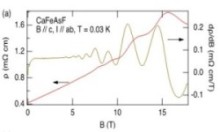
Fig.2. Magnetoresistance(red) and its oscillatory part, Shubnikov-de Haas oscillation,(brown).
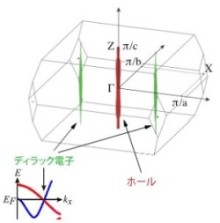
Fig.3. Fermi surface
Theoretical study on emergence and disappearance of electronic states
One of the goals of MANA is to create novel characteristics using nanoarchitectonics. Here, we considered a nanosystem consisting of dimers, and we theoretically studied its electronic states. In the conventional band theory, there are only two bands originating from the bonding and antibonding orbitals. However, we theoretically demonstrated that electronic states can emerge and disappear depending on the electron density in the strongly interacting coupled-dime system. (Fig. 1)
(2) Do electrons behave as particles in materials?
Electrons in materials are considered to behave as particles with spin and charge like those in a vacuum. Based on this picture, electrons are treated as particles moving in an effective potential created by nuclei and other electrons in the band theory. However, electrons can lose its identity (spectral weight) while its motion is preserved in the spin degrees of freedom in strongly interacting systems. Emergence and disappearance of electronic states cause the need for reconsideration of the views on electrons in materials and may bring new inventions of electronic devices based on novel characteristics. (Fig. 2)
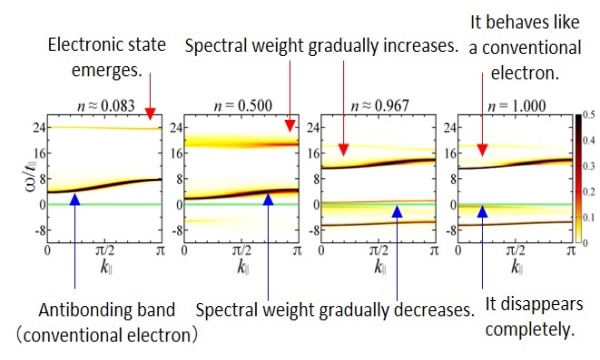
Fig.1. Evolution of electronic state and disappearance of antibonding band with electron density n. M.Kohno, phys. Rev. B100 (2019) 235143
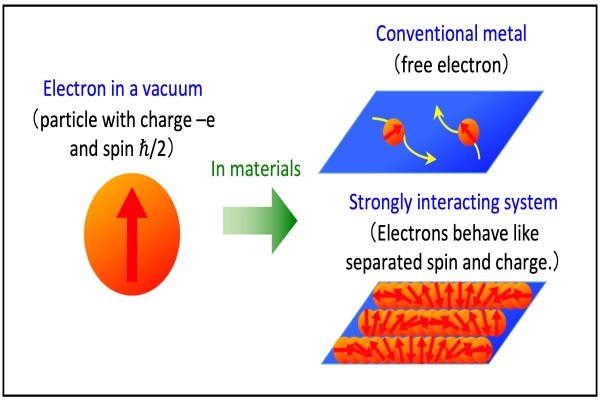
Fig.2. Electronic state in a vacuum (left), conventional metal (right top), and strongly interacting system (right bottom).
Vortex and Josephson junction device applications
Josephson junction and SQUIDs have been applied to ultra-sensitive quantum magnetic sensors and quantum computing. However, conventional SQUIDs have problems such as device degradation due to oxidation and mechanical destruction due to physical contact. Diamonds, on the other hand, have excellent chemical and mechanical stability and can provide robust superconducting devices. In this study, diamond Josephson junctions were developed by step-edge structure and trench structure, and we demonstrated the operation of single crystal diamond SQUIDs for the first time. We succeeded in Josephson junction operation (I-V and shapiro-step characteristics) at ~8K above the liquid helium temperature, and also produced dc SQUIDs, and succeeded in confirming the operation using a SQUID drive electronics (Fig 1).
(2) STM-SQUID hybrid magnetic microscope and magnetic flux quantum simulation
SQUID microscopes have been developed as a tool for observing micro magnetic images on a micron- and a nano-scale. Conventional SQUID microscopes have problems such as device destruction due to contact with the sample. In this research, we have developed a microscope that achieves high sensitivity and high resolution by integrating STM and SQUID by high permeability probe and enables simultaneous measurement of surface morphologies and magnetic images. In addition to designing and implementing a microscope system that contributes to the measurement of superconducting samples at extremely low temperatures, we developed a magnetic flux quantum (vortex) and magnetic probe coupling simulation for the vortex observation (Fig 2).
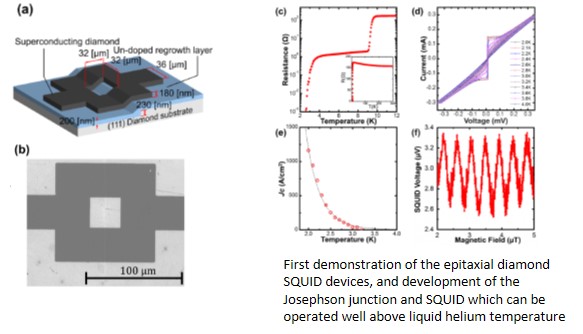
Fig.1. Development of Diamond SQUID devices. T. Kageura et al., Sci. Rev. 9, 15214(2019).
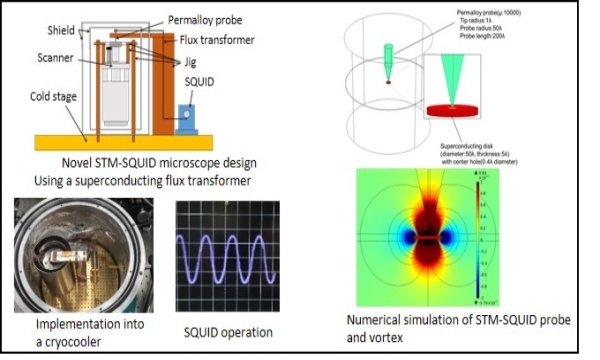
Fig.2. Development of STM-SQUID microscope and numerical simulation of vortices.
Theoretical study of charge dynamics in high-Tc cuprate superconductors
Dual structure of charge excitation spectrum
Theoretically it is highly nontrivial to compute the charge excitation spectrum because of strong electron correlations. We employed a large-N technique formulated in the t-J model and found that the spectrum is characterized by a dual structure, consisting of qualitatively different charge excitations. One is bond-charge excitations with d-wave symmetry (Fig. 1), which is driven by the antiferromagnetic superexchange interaction. Their doping dependence (inset in Fig. 1) showed a good agreement with experimental data. The other is acoustic-like plasmon excitations originating from the long-range Coulomb interaction (left panel in Fig. 2). The acoustic-like plasmons are characterized by the unique qz dependence (right panel in Fig. 2), which serves to distinguish between different scenarios. The predicted qz dependence was indeed confirmed by experiments.
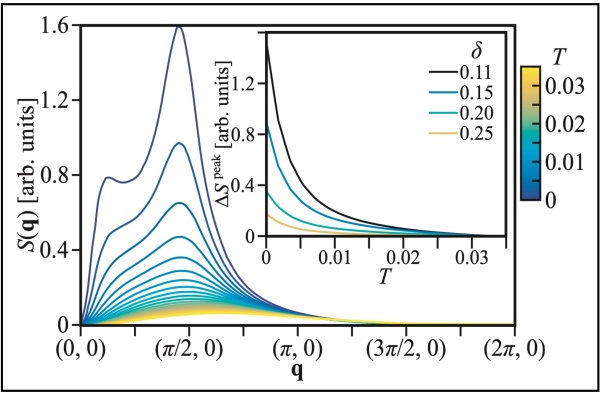
Fig.1. d-wave bond-charge excitation spectrum. A peak develops around the momentum (π/2,0) with decreasing temperature T. The Inset shows the T dependence of the peak intensity for several doping rates δ.
Yamase, Bejas, Greco, Phys. Rev. B 99, 014513 (2019)
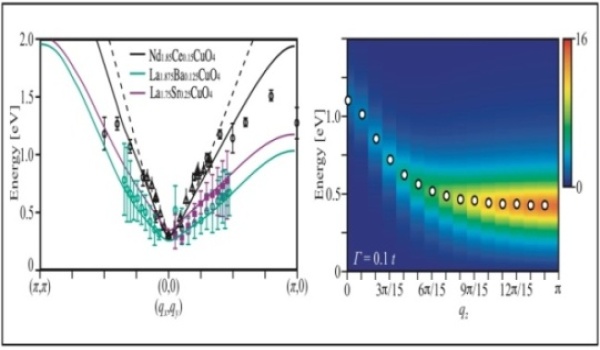
Fig.2 (left) Acoustic-like plasmon excitations. A gap is present at (0,0). Our theoretical results (solid lines) agree with the experimental data. (right) qz dependence of the acoustic-like plasmons.
Greco, Yamase, Bejas, Commun. Phys. 2, 3 (2019)
Research on the vortex matter in superconductors
Arrangement of small-number vortices (magnetic flux quantum) in a sufficiently small superconductor comparable to the magnetic penetration depth is influenced by a confinement effect exerted by a circulating screening current. On the other hand, high-Tc cuprate superconductors have fruitful thermodynamic vortex phase diagram, e.g., vortex liquid, vortex lattice, and 1st order melting transition. We have studied influence of the confinement on the vortex phase of high-Tc superconductors and succeed to observe the melting transition of confined vortex clusters in a tiny polygonal stack of Bi2212 intrinsic Josephson junction (Fig. 1, left). The melting transition temperature Tm oscillates with increasing the number of vortices depending on the shapes of the stacks (Fig. 1, right). In the case of the equilateral-triangle shape, an edge dislocation induced in non-matching states is related to the suppression of Tm.
(2) Magneto-optical imaging of magnetic field distribution in high-purity Nb superconductors
Vortex behavior in high quality Nb crystals has been recognized to be important toward the improvement of superconducting acceleration cavities. Vortices that are not expelled from the inside of a bulk Nb during a cooling process become an origin of energy dissipation of RF field and affect to decrease the quality factor. We observed magnetic field distribution on the surface of cavity-grade Nb samples by magneto-optical imaging technique (Fig. 2, left) to study what kind of sites or defects trap vortices effectively. The right-top of Fig. 2 shows penetration of vortices through a grain boundary in relatively high field. NbHx precipitates nucleated around 200 K are another kind of pinning sites which cause the so-called Q-disease (right bottom of Fig. 2)
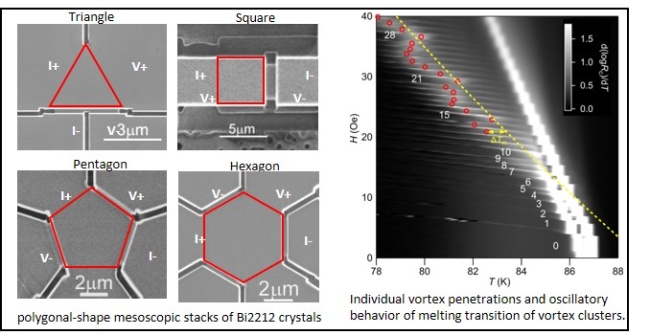
Fig.1. Vortex states confined in high-Tc superconductor Bi2212 of mesoscopic scale. For a triangular Bi2212, see S.Ooi,et al., Phys. rev. B100, 144509 (2019)
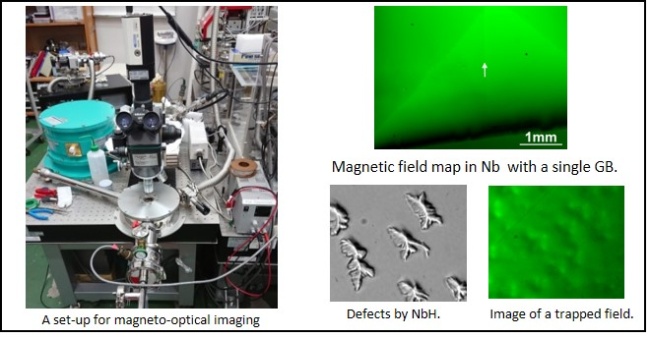
Fig.2. Magneto-optical imaging of magnetic-field distribution in Nb superconductors. Presented in a poster of ISS2019.
Experimental study of Dirac fermion by using bulk organic conductor
One of the most outstanding properties of Dirac fermion is a large orbital diamagnetism. It cannot explain by the standard theory, so called Landau-Peierls formula. In the case of the Dirac cone dispersion, “interband effect of the magnetic field” plays an essential role, and it enables the electrons to cross between two Bloch bands in the magnetic field. In this situation, virtual pairs of electron and hole caused by the vector potential perform orbital motion, that leading to the large orbital diamagnetism (Fig.1).
Here, we applied the field modulation method to measure the magnetic susceptibility under pressure (Fig. 2). By applying pressure, the ground state of α-(BEDT-TTF)2I3 changes from the charge ordered insulating phase to massive Dirac fermion phase, and to massless Dirac fermion phase. In contrast to the theoretical prediction, we observed diamagnetism in all the there phases. Recently, we recognized that the crystal structure can be changed from α-type to β-type, by annealing the crystal at about 70 ℃ for several tens of hours. In contrast to the α -type, the β-type shows superconductivity below 8 K.
In fact, after annealing the crystal, we observed the color change in the polarizing microscope image which is considered to be rerated to the structural change (Fig. 3). Because the diamagnetism is observed in almost the same temperature-field-pressure regions of the superconducting state of the β-type, the origin of the observed diamagnetism is probebely the superconductivity of the β-type. The structural change can be occurred by the aging because the annealing temperature is not so high.
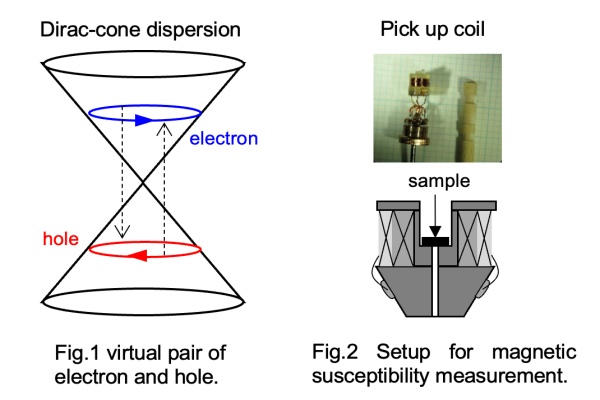
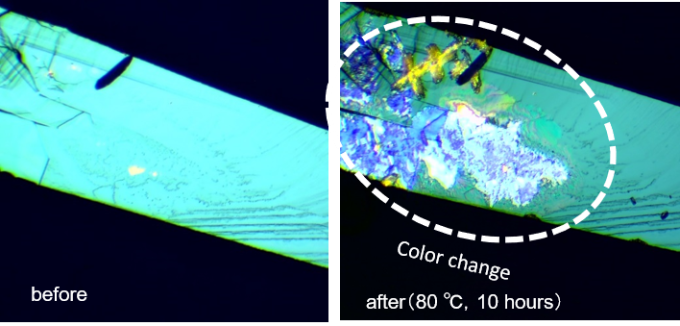
Fig.3 polarizing microscope image of a-(BEDT-TTF)2I3 (before and after annealing)








